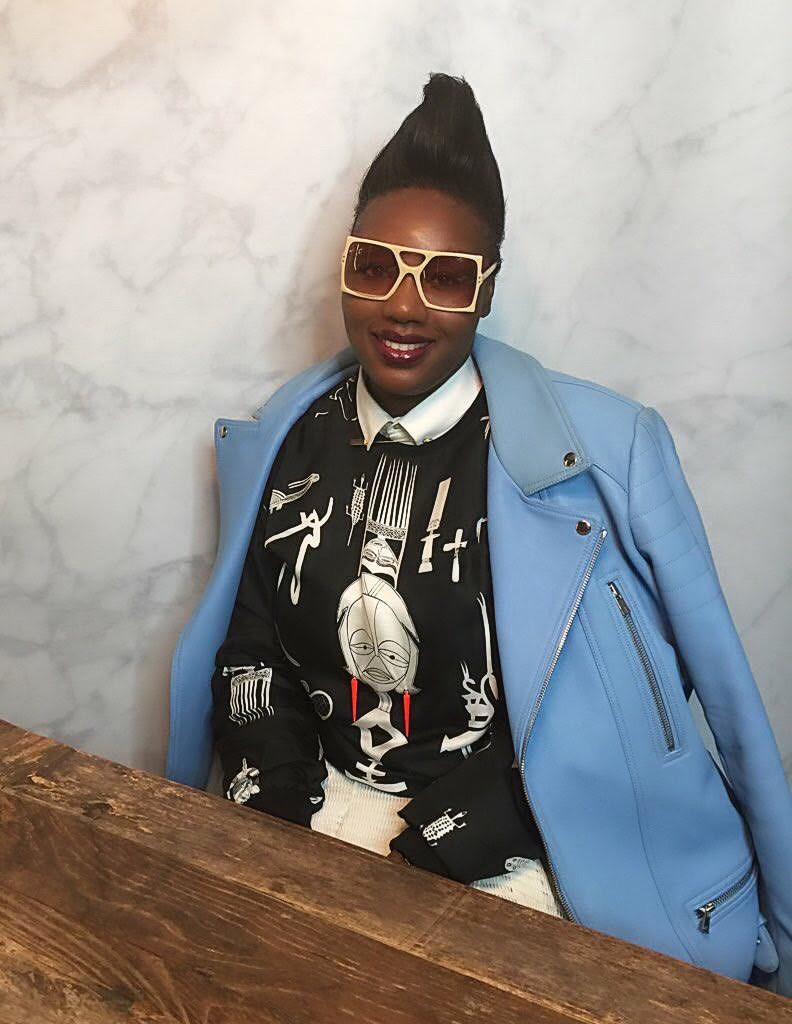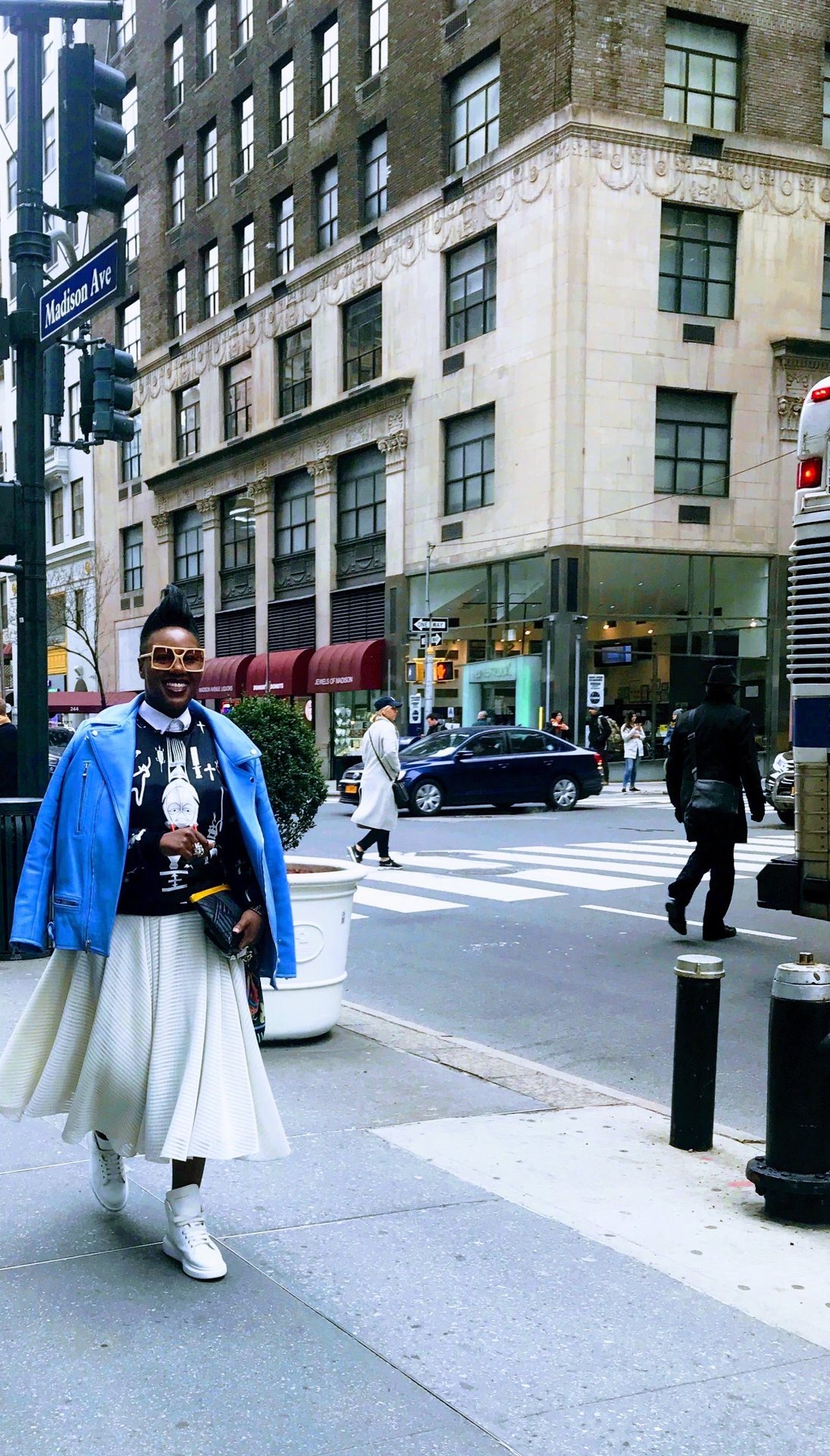You were invited to The White House by former First Lady, Michelle Obama, for the “Celebration of Design” event. How did that experience impact you?
Omg! That was one of the best highlights of our careers! Amazing! We received the invitation via email, and I thought it was fake. I kept examining it. Like, there is no way you just get an email from the White House! I didn’t tell anyone- not even my mom- and we kept it quiet. The next day, we discovered an article about the event, and the excitement took over as we started to count down the days. It was a huge honor. I felt what Michelle Obama did was so groundbreaking. She took such a chance on emerging designers and designers that would have never had a voice, period. She was so democratic in how she gave opportunities to many different people all around the world. There had to be 150-200 designers in the room, and I’ll never forget how she took the time to meet each one personally and shake their hand. You knew if you were there, you were supposed to be there. It was magical!
“Dear Fashion Industry, Your Fashion Calendar sucks. Love, Mimi Plange” was a very powerful statement you made. Expound on this a bit if you will.
This all has to do with coming to the place of “Unfashion” and as we got into to fashion, we began to learn the politics. At that time as an emerging designer, I didn’t think it was necessary to be on this cycle of showing your collections on the calendar with all the other established designers. It’s something that can end up overshadowing your work. The first years are really where you’re developing your voice and developing look and style. You can do that on your own. There’s not a race to get to the top- and I felt the Fashion Calendar was set up not for the success on an emerging designer, it’s set up for the marketing of a designer who’s already established. Designers are now understanding that they don’t have to show during Fashion Week or be a part of the fashion calendar and still have a brand. So many brands start, then they fall apart to try and keep up with a way that they can’t. I don’t think it’s realistic. To group everyone emerging and established need to be done in a different way. This was our way of saying: you can disrupt and still make it.
Within your design work, you use West African scarification, what is your fascination with the modification?
A lot of this started as my mom has a scar on her cheek and when she told me the story of its history, I began to take notice that there were so many African stories that were not being told and so many African traditions that were not being spoken to. You would primarily read about the beading and embroidering of African culture, but not the scarification process. What most thought was barbaric or gross, I found beautiful. Societal norms have contributed to that ideal. I was really interested in what African bodies looked like before they were in contact with the European world. Where does African fashion stem from before the Victorian period? That intrigued me. The whole idea was to celebrate the adornment of the body before any colonization took place. I wanted to talk about beauty amongst the African tribes and its individuality and complexity before the Europeans came into the mix.
What is your favorite medium of choice? Fashion or Interior Design?
I love item design now- and in our collection, it’s not just pieces you put on your body. We’ve created skateboard decks, bicycles, and collectables. It all translates as fashion to me but, personally for our brand, I don’t feel the consumer needs as much product. In the beginning, I made a lot of evening wear and clothes to go out in, but now the consumers have changed, and lifestyles are a lot more modern and casual. In design, you should always reflect what’s going on in society. That’s what keeps you current and forward with the times. People want things that are meaningful and that doesn’t necessarily mean a clothing item.
What is the Mimi Plange declaration?
Let’s democratize luxury!!! Calling something luxury is not luxury because you came from a prestigious framework. All people from any background can create something beautiful to look at. Do what you believe in!
IG:@mimiplange
www.mimiplange.com



